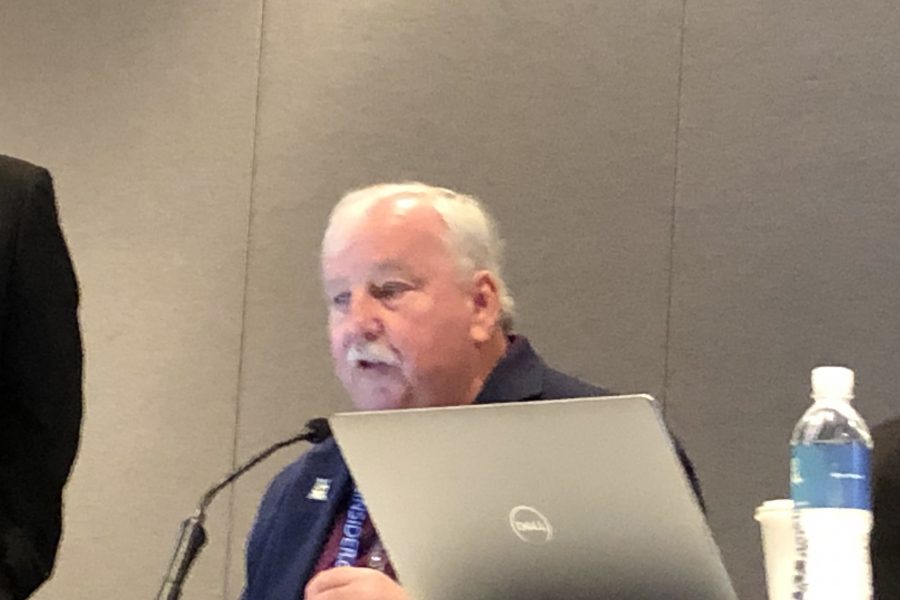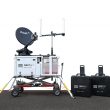IWCE speakers debate state of public-safety interoperability
LAS VEGAS—Achieving comprehensive interoperability for mission-critical communications used by U.S. public-safety agencies continues to be an elusive goal, according to speakers addressing the topic during a Monday session at the IWCE 2023 event in Las Vegas.
Some view interoperability as the technical ability for one person to communicate with another, no matter what device or network is used. But public-safety users need greater quality-of-service levels to ensure that their communications are secure and are prioritized by the network—any network where the data packets are transmitted, according to Walt Magnussen (pictured above), director of the Internet2 Technology Evaluation Center at Texas A&M University.
“I can make a voice call [between carriers],” Magnussen said. “But once I leave my home network, I’ve lost my mission-critical prioritization.”
While all nationwide U.S. carriers promote their ability to prioritize traffic from public-safety customers on their networks, the type of interconnections needed to ensure that this prioritization follows the communications when being delivered to a user on another carrier’s network is needed, Magnussen said. However, this is “hard to do,” given the carriers’ business interests, he said.
With this in mind, Magnussen called on public safety to push for this level of interoperability.
“It’s up to us to really make sure that end-to-end [prioritized] communication is there,” Magnussen said. “Everything that either goes through the PSTN or goes through the Internet .. is not mission-critical, if it’s not prioritized all the way.”
Anthony Battista, Verizon’s managing director of solution architecture, echoed this sentiment.
“The key isn’t that we don’t have interoperability … I can put LMR and cellular together [to allow communications]; what I can’t do is pass they priority,” Battista said. “And that voice [communications]. When I put a data connection on there and try to pass video, I have a bigger problem, because … the network doesn’t recognize that it’s a priority video that needs to get out ahead of my son playing some game on his phone.”
With this in mind, Battista said he believe that public-safety interoperability vision expressed after the 9/11 terrorist attacks has not become a reality yet, despite the creation of the FirstNet system.
“The intent absolutely was that, post 9/11, there would be a single broadband network for first responders,” Battista said. “Let me say it this way: I don’t think we’ve realized that. We can argue why that’s the case, but I don’t think that vision has be realized in the manner it should.
“We talk to first responders every day, and there are a lot of good reasons for them to use [Verizon] Frontline, T-Mobile and other broadband providers for augmentation, for survivability, for reliability, but I would say we don’t have true end-to-end [interoperability] yet.”
When asked how he believes the FirstNet initiative could have been done differently to ensure that a vision of comprehensive interoperability could be achieved, Battista said he would have had multiple carriers be part of the awarded contract and that performance mandates be implemented for participating operators.
“Only by putting the single multi-award out there and mandating that everyone builds it to this [standard] would you have a network that could be open and shared, because I’m not necessarily wanting to interface with someone who doesn’t follow the same level of security or operations or engineering that I do,” Battista said.
Magnussen applauded efforts in Europe for conducting interoperability testing of public-safety broadband solutions from two consortiums, each of which included multiple vendors. This testing is expected to lay the foundation of interoperable communications for the pan-European initiative known as BroadWay. France already has awarded its public-safety broadband contract to a consortium that includes Airbus.
“We need to carefully watch what’s going on in Europe, because they’re probably about a decade ahead of us, in terms of interoperability,” Magnussen said.

















